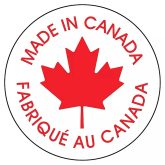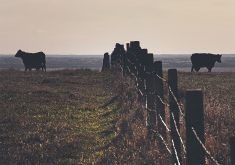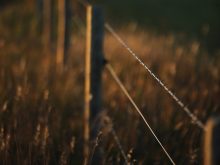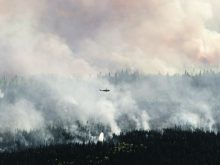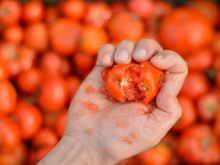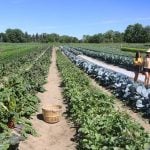The harmonization of regulations between neighbouring countries makes everything easier, and chemical application technology looks like a simple one to match that of our southern neighbours.
Historically, sprayers were designed with a boom containing nozzles that were evenly spaced, allowing for chemicals to be consistently applied across the entire field. As advances in electronics, robotics and digital technologies increased, we have reached the development of sprayer technology that is capable of “seeing” weeds and then triggering the nozzle to directly target chemical application to only those weeds.
Read Also
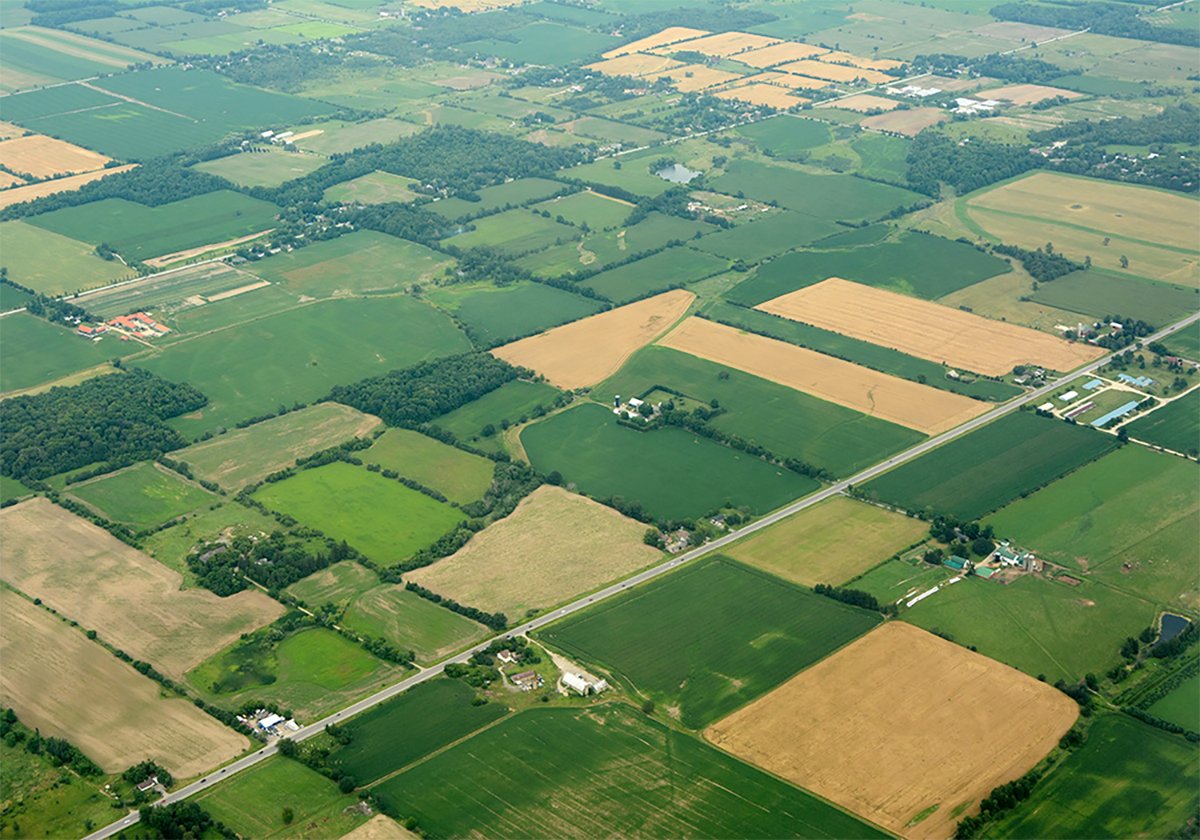
Higher farmland taxes for investors could solve two problems
The highest education and health care land tax would be for landlords, including investment companies, with no family ties to the land.
Advancing from this precision nozzle technology has been the movement toward drones to spray crops. At present, drone sprayers aren’t yet capable of replacing large, high clearance sprayers, but are fully capable of spot spraying, spraying small areas that were missed by larger sprayers, and targeting difficult-to-kill weeds that may be growing within a crop, such as thistles.
Drones could allow farmers to target weed issues without having to overspray areas or move the larger sprayer throughout the entire field. This alone is a big advantage to producers and a means to reduce greenhouse gas (GHG) emissions in the field.
It’s likely farmers will continue to use their large sprayers with precision nozzles, but if drones were to be approved, they could easily be used to spray smaller areas, reducing fuel use.
In Canada, the regulation of drone use for spraying falls under the domain of the Pest Management Review Agency (PMRA). The PMRA currently bans the use of drones for spray application.
Given this is a new technology being used to apply chemicals, technical and environmental questions exist as to how far the sprayed chemical may drift from a drone application and if the application of chemicals via this technology is consistent with previous technologies. Therefore, it has yet to be approved by the PMRA.
There is also the issue that this aerial device, if not used properly, could be used to spray properties not owned by the operator. While we think this is unlikely to occur, regulations and procedures need to be established were this to happen. The PMRA is working with other regulatory agencies to gather evidence about the use of drones to expedite the approval of drones for spraying.
The use of drones for aerial spraying is a promising green technology, capable of further contributing to Canadian agriculture’s commitments to reducing GHG emissions. Innovation is fundamentally important for agriculture and farmers’ ability to use drones to spray represents very promising technology.
While drones aren’t capable now of spraying an entire field, as the technology advances, the potential exists for this to change in the next few years. Were farmers able to use drones to conduct all their spraying applications, it would reduce their fuel and chemical use.
Before drones can be approved for chemical spraying, the PMRA must assess the risks and approve this method. This risk assessment has already been completed and is legal in the U.S. This gives American farmers an advantage over Canadian farmers in access to innovative technology that is capable of increasing yield as it reduces the weed population.
In the globally competitive crop production marketplace, Canadian farmers need to ensure they are as equally competitive as their American neighbours. The U.S. has developed a framework for the use of drones for spraying that includes operation rules, training and licensing requirements, all of which will need to be determined by the PMRA.
The reality is that drone spraying in the U.S. is unlikely to differ from drone spraying in Canada and adopting the existing American policies and guidelines is an excellent opportunity to harmonize regulations.
Stuart Smyth is an associate professor in the University of Saskatchewan’s agricultural and resource economics department., where he holds the Agri-Food Innovation and Sustainability Enhancement Chair.




